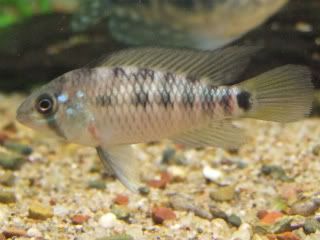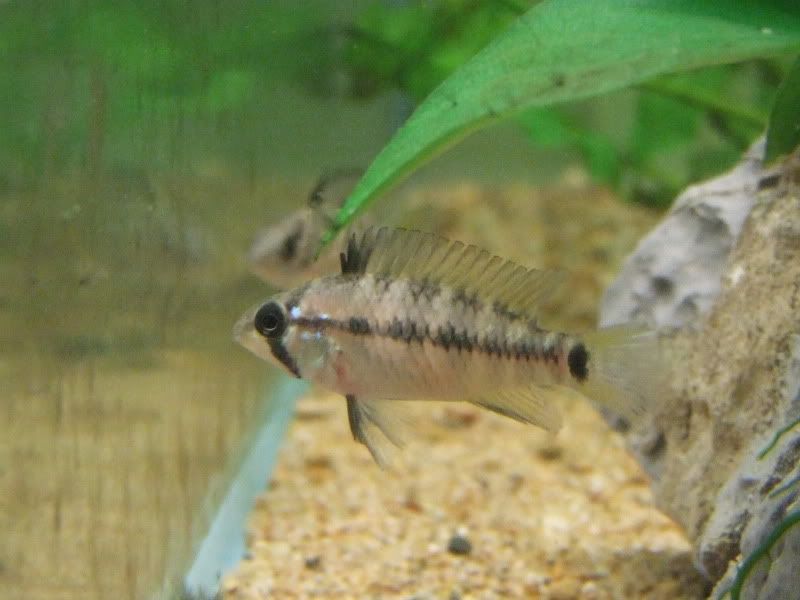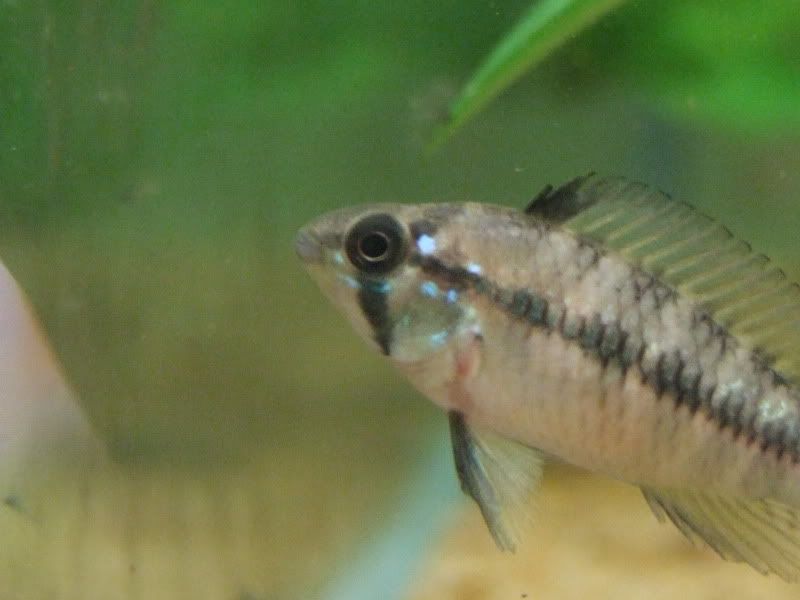- Messages
- 40
- Location
- Brisbane, Australia
I have two apistogramma that I can't ID. I'm hopeing some one can help me.

The second has a blue sheen and the strong baring becomes faint on what I think are the males.

Thanks for the help
Todd

The second has a blue sheen and the strong baring becomes faint on what I think are the males.

Thanks for the help
Todd

